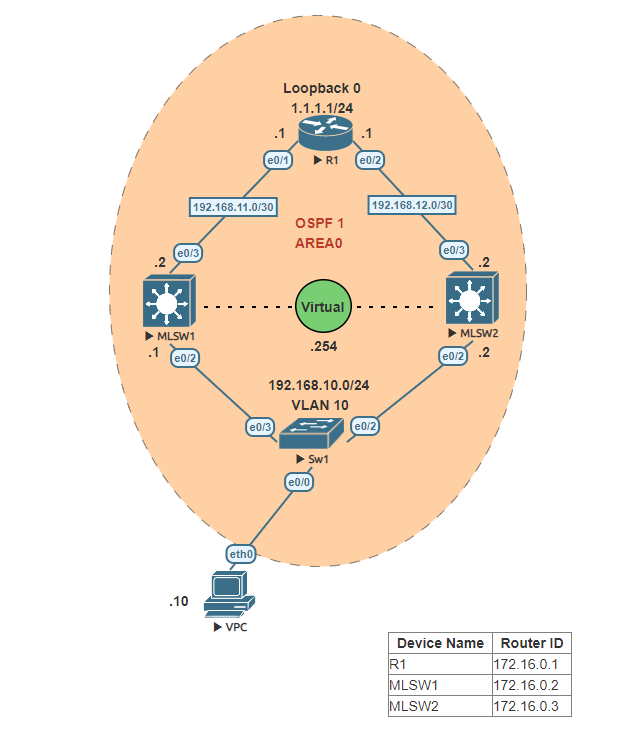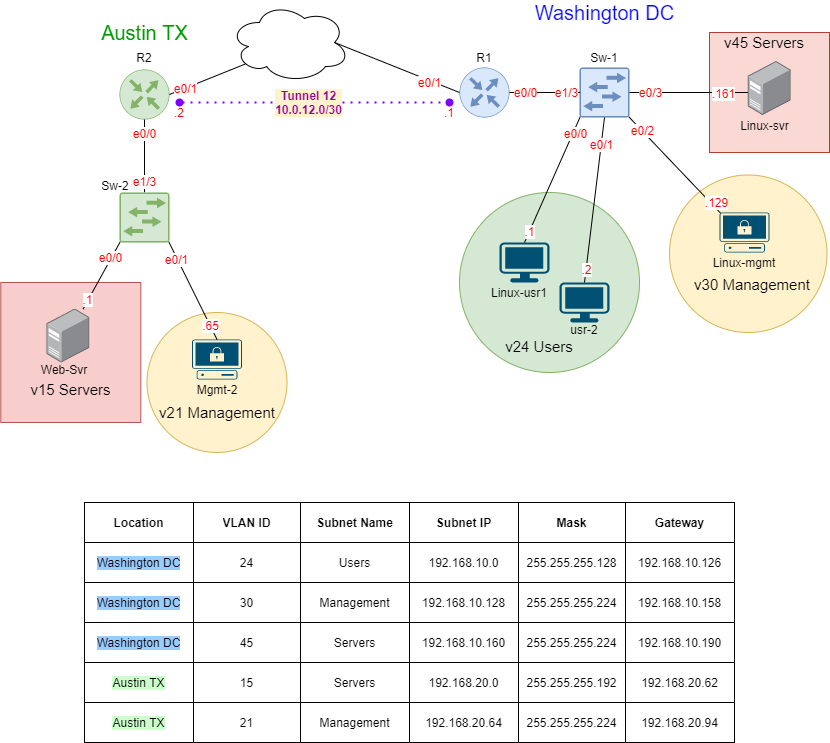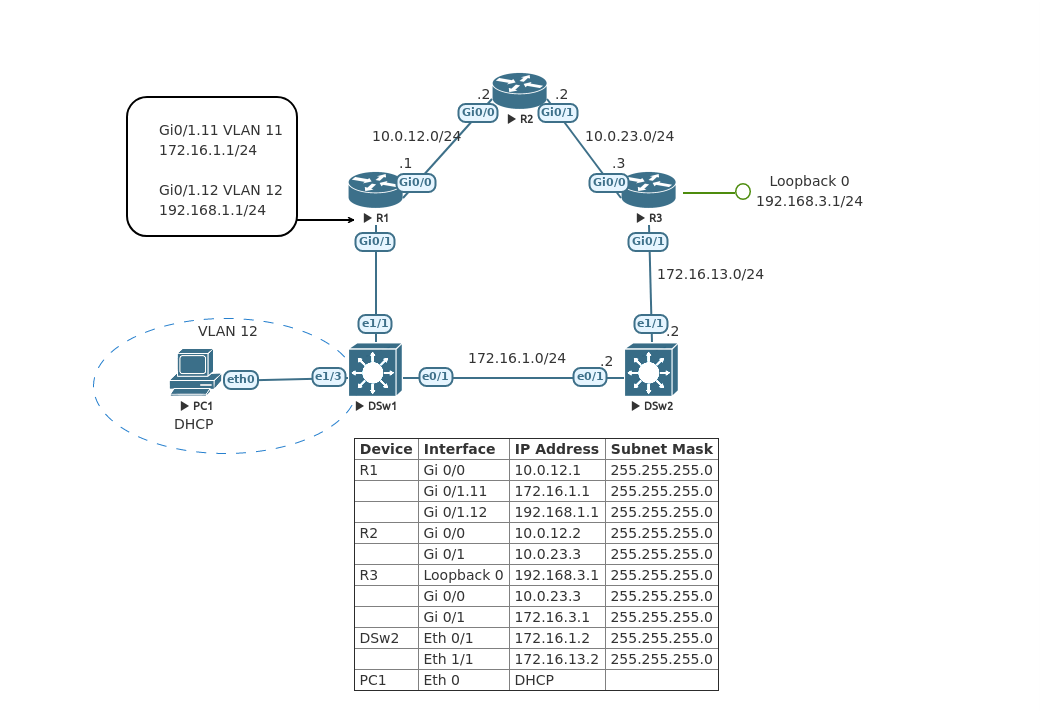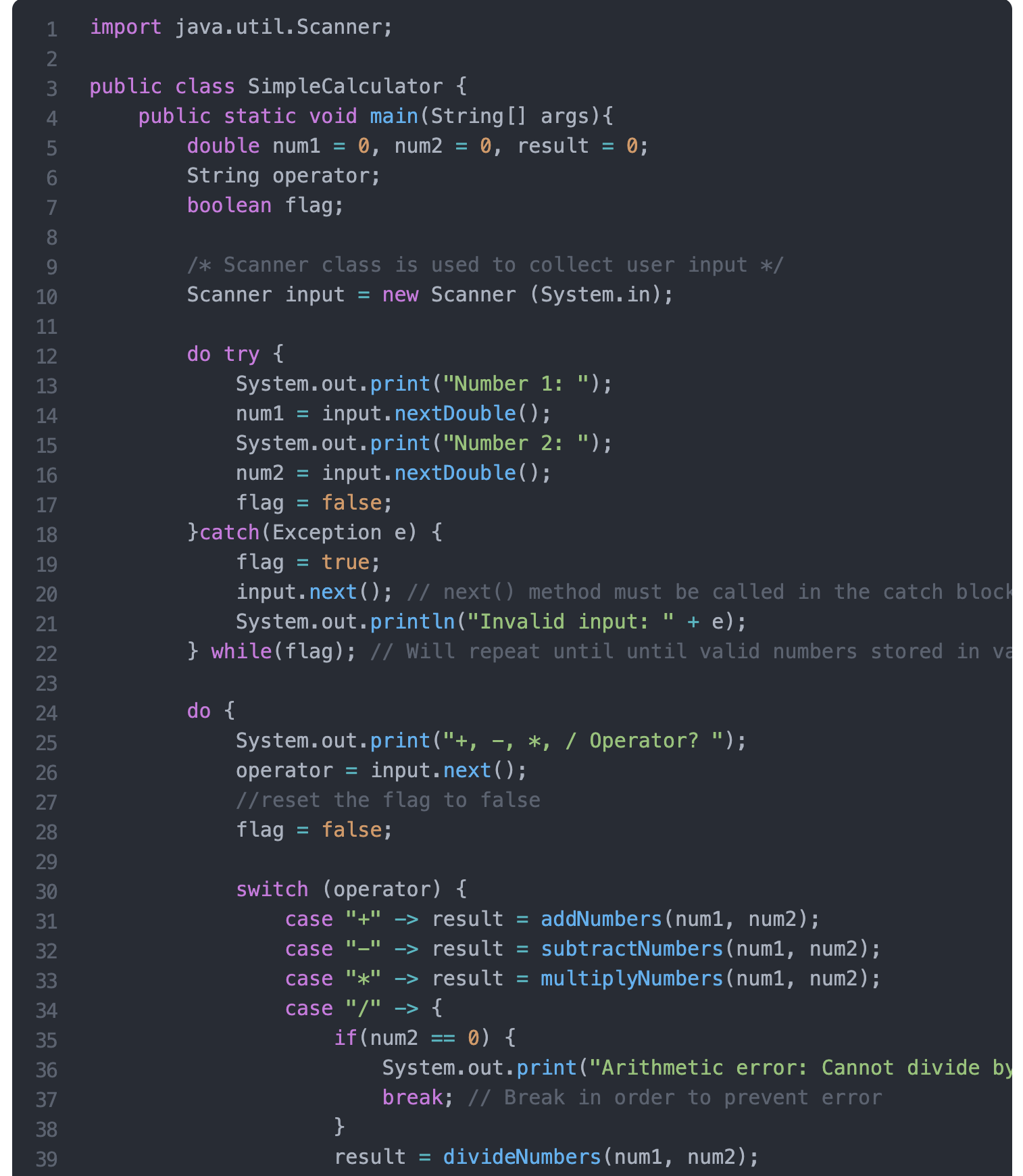OSPF (Open Shortest Path First) is a type of link-state routing protocol used in computer networks. It allows routers to dynamically exchange information about the network topology, including the state and cost of each link. This information is used to calculate the shortest path to a destination network, making OSPF a reliable and efficient way […]







